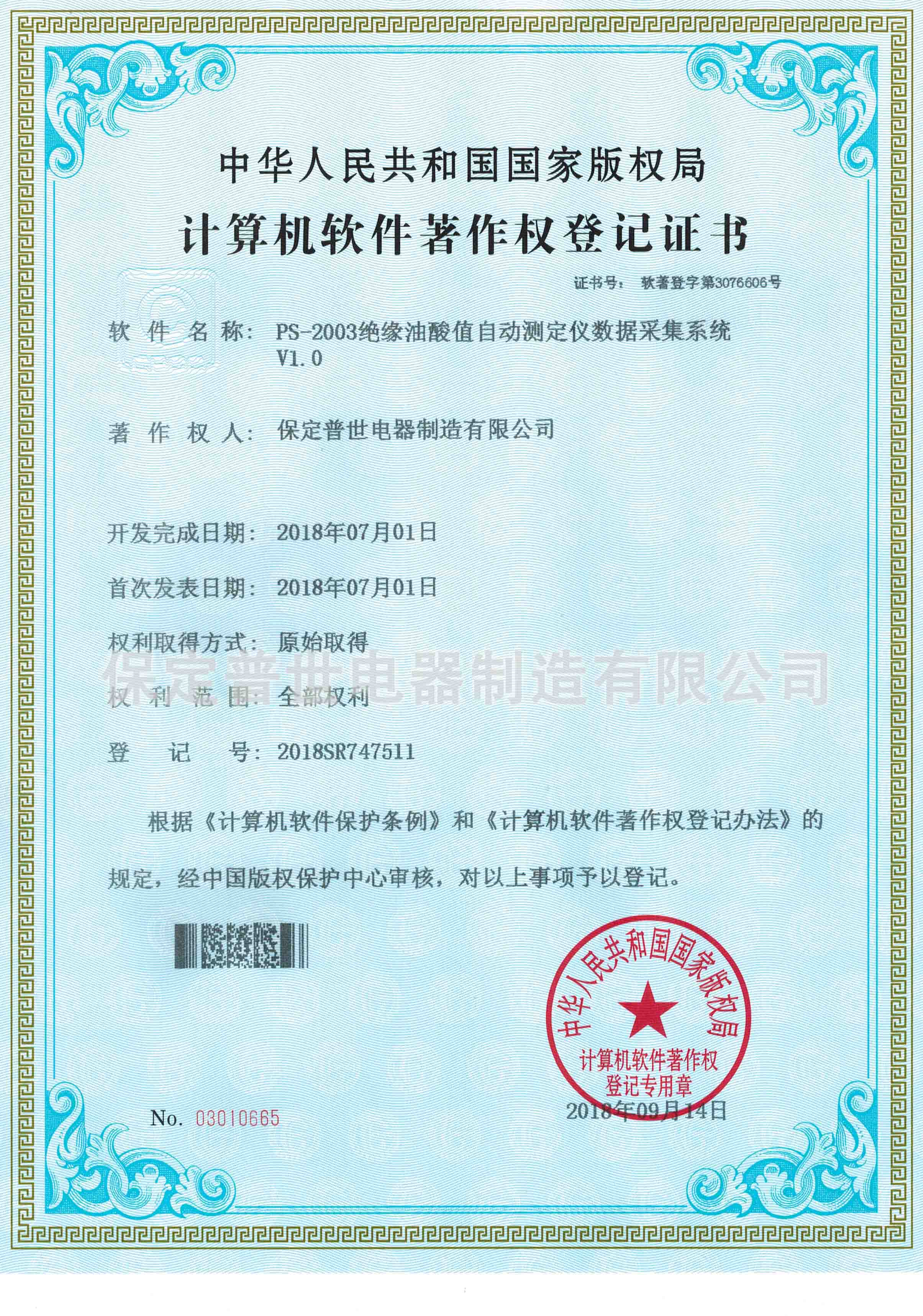 English
English


Understanding No-Load Loss Testing in Transformers for Improved Efficiency
No-Load Loss Test of Transformers An Overview
The no-load loss test of transformers, also known as the open circuit test, is a crucial procedure in the assessment of transformer performance and efficiency. This testing method allows engineers and technicians to evaluate the core losses of the transformer when it is energized but not loaded. Understanding these losses is essential for optimizing transformer design and operation, ensuring energy efficiency, and reducing operational costs.
Importance of No-Load Loss Test
Transformers are widely used in power distribution and transmission systems to step down or step up voltage levels. However, regardless of their load conditions, transformers inherently incur some energy losses. No-load losses, primarily consisting of core losses, occur due to the magnetization of the transformer core, which can happen even when the transformer is not supplying power to any load. These losses can be attributed to two main phenomena hysteresis loss and eddy current loss.
Hysteresis loss is associated with the magnetic properties of the core material as it magnetizes and demagnetizes during each AC cycle. This energy loss is affected by the type of material used for the core, the frequency of the AC supply, and the magnetic properties of the core. Eddy current loss occurs due to circulating currents induced within the core material itself, which generate heat and contribute to energy loss. Both losses are significant factors in the overall efficiency of the transformer.
Procedure for No-Load Loss Test
no load loss test of transformer

The no-load loss test is performed by connecting the transformer secondary winding to an AC voltage source while keeping the primary winding open. The voltage is applied to the primary winding, and measurements of the input current and voltage are taken. The power consumed during this test represents the no-load losses of the transformer.
The procedure typically involves the following steps 1. Setup Ensure the transformer is properly isolated and connected to a suitable AC voltage source. 2. Voltage Application Apply the rated voltage to the primary winding while the secondary remains open. 3. Measurement Measure the input current and voltage, and calculate the power consumed using the formula Power (W) = Voltage (V) × Current (A) × Power Factor (PF). 4. Data Analysis Analyze the data to quantify the core losses, allowing for an understanding of the transformer's efficiency.
Benefits of Conducting No-Load Loss Tests
Conducting no-load loss tests helps manufacturers and operators identify potential inefficiencies in transformer design. By understanding and minimizing core losses, one can enhance performance and extend the lifespan of transformers. Furthermore, operating high-efficiency transformers can significantly reduce the overall cost of energy over time, making a positive contribution to sustainable energy practices.
Conclusion
The no-load loss test is an indispensable aspect of transformer testing that helps in understanding core losses, optimizing design, and ensuring efficient energy use. Through this testing procedure, engineers can proactively address potential issues, leading to improved performance and reduced operational costs. This focus on efficiency ultimately supports broader goals in energy management and sustainability, making it a vital practice in the field of electrical engineering.
-
Differences between open cup flash point tester and closed cup flash point testerNewsOct.31,2024
-
The Reliable Load Tap ChangerNewsOct.23,2024
-
The Essential Guide to Hipot TestersNewsOct.23,2024
-
The Digital Insulation TesterNewsOct.23,2024
-
The Best Earth Loop Impedance Tester for SaleNewsOct.23,2024
-
Tan Delta Tester--The Essential Tool for Electrical Insulation TestingNewsOct.23,2024





